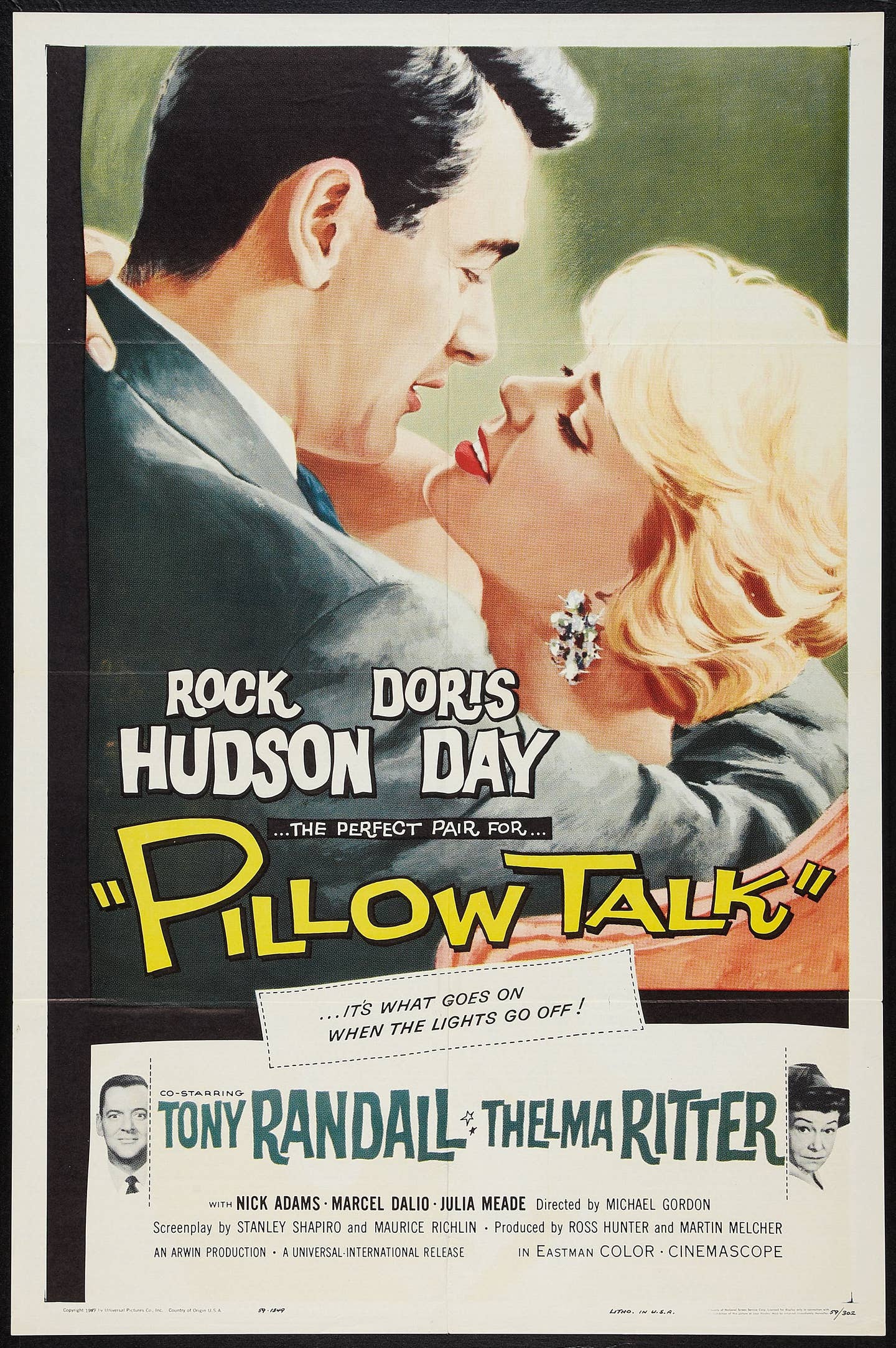Day Dreaming
Doris Day never wanted to be a movie star, yet she became one of Hollywood’s brightest. A Julien’s Auctions event provides a peek into her public and very private life.
She was the girl next door. Or more likely, the girl you dreamed about living next door.
Freckled faced with an upturned nose, blue eyes, blond hair and with an angel’s voice, the eternally perky Doris Day appeared in 39 films from 1948 to 1968, most often playing the wholesome and virtuous girl just out of reach. She was the rare movie star who was adored by men and women alike.
“She was a good girl,” said Norman Jewison who directed the actress in The Thrill of It All (1963) and Send Me No Flowers (1964). “She wasn’t snide. She wasn’t too smart. She brought a kind of an honesty and a freshness. And she was also strangely sexy.”
And then in 1968, at age 46, as the movie landscape was changing forever, Day made her last film, With Six You Get Eggroll. In the early 1970s, in a move almost unthinkable today, Day walked away from Hollywood, spending most of the ensuing decades living quietly in her beloved Carmel, California, where she was an animal rights activist. She died in 2019 at the age of 97.
“Doris Day was a Hollywood giant as one of the screen’s legendary leading actresses, top box office stars and one of the greatest singers of the 20th century with the likes of Frank Sinatra and Judy Garland,” said Martin Nolan, Executive Director of Julien’s Auctions who is handling the sale of her estate April 4-5.
More than 800 items, including Day’s four Golden Globe awards, a piano given to her by her son, a collection of her gowns, a painting by singer Tony Bennett, movies and personal gifts from such stars as Rock Hudson and Paul McCartney, will be auctioned off, giving fans an intimate look into the life of one of America’s greatest stars.
Auction proceeds will go to the Doris Day Animal Foundation, which benefits a variety of animal welfare issues.
“Our plan is to arrange the lots as vignettes, similar to how you see some pieces in her home,” Nolan said. “It will honor her life.”
And what an amazing life it was.
Born in Cincinnati, Day never dreamed of being a movie star. She became one, literally, by accident.
As a teenager, she was a good enough dancer to win $500 in an amateur contest. She had planned to become a professional dancer until her right leg was shattered in a car accident. During the year it took for her leg to mend, Day began signing to pass the time. She was a natural.
Day became one of the most popular singers of her generation. Next to Frank Sinatra, Day was “the best in the business on selling a lyric,” band leader Les Brown said in her autobiography Doris Day: In Her Own Words.
Her rendition of “Sentimental Journey,” recorded with Brown and his Band of Renown in 1945, brought her a flood of letters from servicemen at the end of World War II. More than 50 years later, her rendition of the song made it into the Grammy Hall of Fame.
For a decade, starting in 1948, Day had 30 top-20 singles. In all, she recorded nearly 30 albums.











She arrived in Hollywood in the late 1940s already a celebrity. With a bubbly screen presence and a magnetic smile, Day was the rare movie heroine who held a great job while having the requisite romance. In truth, women wanted to be her and men wanted to marry someone like her. The equation proved to be box office gold.
Day evolved from the perky girl next door in the 1950s to the woman next door in a series of 1960s sex comedies. Modest by today’s standards, the movies brought her four first-place rankings in the yearly popularity poll of theater owners, an accomplishment equaled by no other actress except Shirley Temple.
On screen, she more than held her own, trading barbs with leading men while making her way in the workplace in such lighthearted movies as Pillow Talk (1959) and Lover Come Back (1961), two of the three films she made with Rock Hudson, who became a lifelong friend.
“Her persona hit a cultural mother lode, tapping into what the average postwar woman was about,” Drew Casper, a University of Southern California film professor, told The Los Angeles Times. She “was way ahead of her time, a feminist before there was feminism.”
Day’s body of work shows “how much of an icon she was, how much she became in her own way the female equivalent of John Wayne or Clint Eastwood,” Los Angeles Times film critic Kenneth Turan once wrote.
Day was at her best in films that showcased her voice such as Calamity Jane (1953) and Young Man With a Horn (1950), in which she played a band singer opposite Kirk Douglas’ trumpet player.
Her movie songs were nominated for Academy Awards half a dozen times. Two won: “Secret Love” from Calamity Jane,” and “Que Será, Será (Whatever Will Be, Will Be)” from The Man Who Knew Too Much, Alfred Hitchcock’s 1956 movie that cast her against type as a neurotic American mother abroad. “Que Será, Será” was also inducted into the Grammy Hall of Fame, in 2012.
Besides her voice and bubbly personality there was something else, something that existed just below the surface, something novelist John Updike tried to explain when he disclosed his deep-rooted crush on Day in a 1976 New Yorker essay: “Singing or acting, she manages to produce, in her face or in her voice, an ‘effect,’ a skip or tremor, a feathery edge that touches us.”
“When we began Pillow Talk,” co-star Hudson said, “we thought we’d ruin our careers because the script was pretty daring stuff.” The movie’s plot, he said, “involved nothing more than me trying to seduce Doris for eight reels.”
Instead of ruining her career, as Hudson feared, Pillow Talk solidified it. Day received her only Academy Award nomination for Pillow Talk.
It was, after all, Day, the irresistible girl next door, who seduced us all.
For more information on “Property From The Estate Of Doris Day,” a two-day auction event celebrating the life and career of Doris Day, go to juliensauctions.com.
For 10 things that made our (Doris) Day, see https://www.antiquetrader.com/collectibles/doris-day-facts
Paul Kennedy is Editorial Director of the Collectibles Group at AIM Media. He enjoys Mid-century design, photography, vintage movie posters and people with a good story to share. Kennedy has more than twenty-five years of experience in the antiques and collectibles field, including book publishing. Reach him at PKennedy@aimmedia.com.








